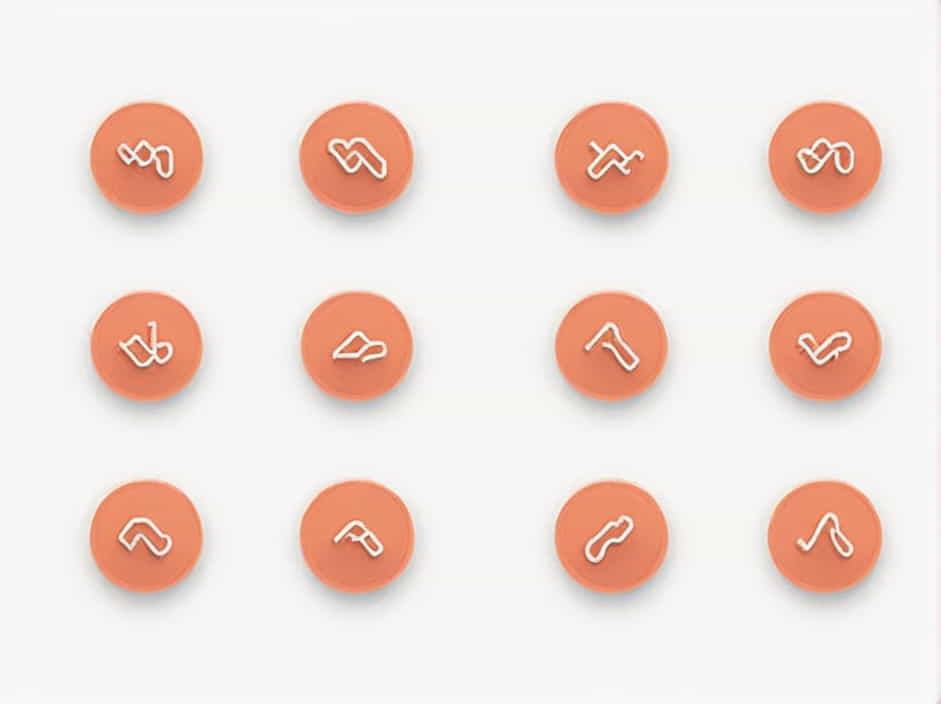The digestive system is a complex network of organs that work together to break down food, absorb nutrients, and eliminate waste. One of the key processes involved in digestion is peristalsis, a series of wavelike contractions that help move food through the gastrointestinal (GI) tract.
Peristalsis plays a crucial role in the stomach, where it mixes food with gastric juices and propels it toward the small intestine. This involuntary muscle movement ensures proper digestion and nutrient absorption.
What is Peristalsis?
Peristalsis is a rhythmic, wave-like contraction of the smooth muscles in the digestive tract. It occurs throughout the esophagus, stomach, intestines, and colon, helping transport food and waste materials.
How Does Peristalsis Work?
✔ Circular and longitudinal muscles in the stomach contract and relax in a coordinated manner.
✔ These contractions create a wave-like motion that pushes food forward.
✔ The process continues until the food reaches the intestines for further digestion and absorption.
Without peristalsis, digestion would be inefficient, leading to indigestion, bloating, and nutrient deficiencies.
The Role of Peristalsis in the Stomach
Once food enters the stomach, peristalsis plays two major roles:
1. Mixing Food with Gastric Juices
✔ The stomach releases hydrochloric acid (HCl) and digestive enzymes to break down food.
✔ Peristalsis helps mix these substances thoroughly, aiding in chemical digestion.
✔ This process forms chyme, a semi-liquid mixture ready for further digestion.
2. Moving Chyme to the Small Intestine
✔ After mixing, peristalsis pushes the chyme toward the pyloric sphincter.
✔ The pyloric sphincter regulates chyme flow into the small intestine.
✔ The intestines continue peristalsis to absorb nutrients efficiently.
This movement ensures a steady and controlled digestion process, preventing food from rushing through the system too quickly.
Phases of Gastric Peristalsis
Gastric peristalsis occurs in distinct phases to optimize digestion:
1. Propulsion Phase
✔ Strong muscle contractions push food toward the stomach’s pylorus (lower part of the stomach).
✔ This movement ensures that food contacts digestive enzymes for thorough breakdown.
2. Grinding Phase
✔ Food ptopics are further broken down into smaller, digestible pieces.
✔ This process increases nutrient availability for absorption in the small intestine.
3. Retropulsion Phase
✔ Some food is pushed back into the stomach for further mixing.
✔ This ensures that only well-digested chyme enters the intestines.
These phases work in harmony to optimize digestion and nutrient absorption.
Factors Affecting Gastric Peristalsis
Several factors influence the strength and speed of stomach contractions:
1. Diet and Food Composition
✔ Fatty foods slow down peristalsis, delaying digestion.
✔ High-fiber foods stimulate movement, preventing constipation.
✔ Spicy foods may speed up contractions, sometimes leading to discomfort.
2. Hydration Levels
✔ Proper water intake keeps digestion smooth.
✔ Dehydration slows peristalsis, causing bloating and constipation.
3. Stress and Emotions
✔ The gut-brain connection plays a significant role in peristalsis.
✔ Anxiety and stress can slow down or speed up stomach contractions.
4. Physical Activity
✔ Regular exercise promotes healthy peristalsis.
✔ Sedentary lifestyles can lead to sluggish digestion and bloating.
Disorders Related to Abnormal Peristalsis
When peristalsis becomes too fast, too slow, or irregular, it can cause digestive issues.
1. Gastroparesis (Slow Stomach Emptying)
✔ A condition where peristalsis is weakened, causing food to move too slowly.
✔ Symptoms: Nausea, bloating, heartburn, and fullness after small meals.
✔ Common causes: Diabetes, nerve damage, or certain medications.
2. Dumping Syndrome (Rapid Stomach Emptying)
✔ Food moves too quickly from the stomach to the intestines.
✔ Symptoms: Diarrhea, dizziness, sweating, and rapid heartbeat after eating.
✔ Often linked to gastric surgery or hormonal imbalances.
3. Irritable Bowel Syndrome (IBS)
✔ Abnormal peristalsis causes alternating constipation and diarrhea.
✔ Symptoms: Abdominal cramps, bloating, and irregular bowel movements.
✔ Triggers include stress, diet, and gut microbiome imbalances.
4. Acid Reflux and GERD
✔ Weak peristalsis allows stomach acid to flow back into the esophagus.
✔ Symptoms: Heartburn, sour taste, and throat irritation.
✔ Often aggravated by spicy foods, caffeine, and lying down after eating.
These conditions highlight the importance of healthy peristalsis in maintaining digestive function.
How to Improve Stomach Peristalsis Naturally
Maintaining healthy stomach contractions is essential for digestion. Here are some tips:
1. Eat a Balanced Diet
✔ Include fiber-rich foods (fruits, vegetables, whole grains) to promote movement.
✔ Consume healthy fats (avocados, nuts, olive oil) in moderation.
✔ Avoid processed foods and excessive sugar, which slow digestion.
2. Stay Hydrated
✔ Drink plenty of water and herbal teas to keep digestion smooth.
✔ Limit alcohol and caffeine, which can irritate the digestive tract.
3. Exercise Regularly
✔ Walking, yoga, and stretching encourage normal peristalsis.
✔ Avoid sitting for long periods after meals.
4. Manage Stress
✔ Practice deep breathing, meditation, or mindfulness to reduce gut stress.
✔ Get enough sleep, as rest influences peristaltic function.
5. Eat at Regular Intervals
✔ Stick to consistent meal times to regulate peristalsis.
✔ Avoid overeating, which can overload the stomach.
By adopting these habits, you can support a healthy digestive system and improve overall well-being.
Medical Treatments for Peristalsis Disorders
For severe cases of abnormal peristalsis, medical intervention may be necessary.
1. Prokinetic Medications
✔ Drugs like metoclopramide and domperidone help stimulate stomach contractions.
2. Dietary Modifications
✔ Patients with gastroparesis may need pureed foods and small, frequent meals.
✔ Those with dumping syndrome may require low-carb, high-protein diets.
3. Surgery (For Severe Cases)
✔ Procedures like gastric electrical stimulation can help regulate contractions.
✔ Surgery may be an option for obstructive conditions affecting peristalsis.
A healthcare provider can recommend the best approach based on individual needs.
Peristalsis, the series of wavelike contractions of the stomach, plays a crucial role in digestion. It ensures that food is properly mixed, broken down, and moved through the digestive tract.
Maintaining healthy peristalsis through a balanced diet, hydration, exercise, and stress management can prevent digestive disorders. If abnormalities arise, medical intervention can help restore normal function.
By understanding and caring for your digestive system, you can improve nutrient absorption, prevent digestive discomfort, and enhance overall health.
